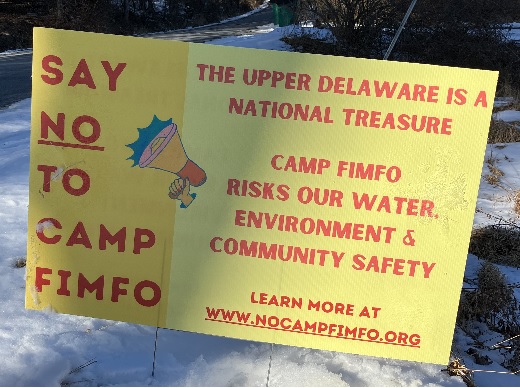Josh Fox Discusses "Gasland" on PBS
March 26, 2010Philadelphia Seeks Ban on Gas Drilling Method
March 27, 2010Don’t Jump to Conclusions
Introduction
In light of the undisputed potential for environmental harm from gas drilling in the Marcellus Shale, the principal reason advanced for taking the environmental risks is the positive economic impact that such drilling could have for New York State and its counties. However, there has been so little actual, current, unbiased examination of the economic impact that it is fair to say that positive economic impact is more an assertion than a proven fact. It is possible that the net economic impact may be negative for New York State and its counties.
The studies used to support the claim that drilling will bring economic benefits to New York are either biased, dated, seriously flawed, or simply not applicable to the region that would be affected. Such studies are not a valid foundation on which to base legislative or regulatory actions.
The unsupported assumption of a net economic benefit from gas drilling in the Marcellus Shale is largely based on anecdotal experience and studies from other gas producing states. Decision-makers in New York should be warned that the economies of New York State and the affected counties are different enough from those of other regions with gas drilling that an independent and thorough analysis of the economic impact in New York should be undertaken before decisions with irreversible consequences are taken.
Brief Background on Economic Impact Studies of Gas Drilling and Multipliers
Many of the studies of the economic impact of gas drilling have been based on inputoutput analysis. Such analysis does not properly account for costs of environmental degradation, damage and general wear and tear to infrastructure, health effects,
pollution’s impact on other industries such as tourism and hunting and fishing, and the impact on property values.
Input-output analysis relies on tables of coefficients that link one industry to all other industries. In a region where gas drilling has not existed in the past, it is impossible to know what those inter-industry coefficients will be, and “borrowing” them from other regions or industries is likely to result in highly inaccurate impact conclusions.
In addition to input-output coefficients, economic multipliers are sometimes also “borrowed” from other industries and regions, and may not be accurate for gas drilling in upstate New York. It is difficult to compare multipliers as they vary widely by region and by industry, but some general comparisons do hold. In an area with great industrial diversity, multipliers are relatively high. An industry that uses materials and labor primarily from within the region will have a relatively higher multiplier than an industry that buys its services and supplies from outside the region. The region could be defined as a state, county, multi- state area or sub-county area, and these differences in multipliers still apply. If an industry is in a large urban area, its multipliers are generally higher as greater amounts of industry spending remains in the area. Small and/or rural areas tend to have lower multipliers, since an industry must use services and supplies from firms outside the area. So, when applying a multiplier to estimate economic impact, much care should be taken to reflect the economic character and industry diversity of the region being analyzed.
If the anticipated growth in jobs and income in the oil and gas industry does not occur, then the desired indirect and induced economic impacts will not occur, and local and state tax revenues will not grow as hoped. If newly created jobs are filled by non-permanent and transient workers, then both income tax and retail tax revenue will be lower than anticipated. Likewise, as many of the established support firms for the oil and gas industry are not located in New York State, corporate tax revenue will be less than anticipated. The imposition of a substantial severance tax should be considered in New York State not only to ensure that the state will have some revenue to use for mitigation of environmental, health and infrastructure degradation, but also to ensure some revenue to the state in the likely event that the overall economic impact is not as substantial as is currently being assumed.
Decision makers may be on the verge of making bad choices for the health of the regional economy. The oil & gas industry is not a reliable industry on which to base an economic development plan. Alan B. Krueger, Chief Economist and Assistant Secretary for Economic Policy at the US Department of Treasury, stated, “The oil & gas industry is about ten times more capital intensive than the US economy as a whole.” Krueger continues, saying that encouraging oil and gas production is not an effective strategy for creating jobs. (Remarks of Alan B. Krueger to the American Tax Policy Institute Conference, October 15, 2009).
The following sections provide a summary of unanswered questions and concerns regarding specific studies and anecdotal evidence of economic impact of gas drilling. The studies referenced have been cited by advocates of gas drilling in the Marcellus Shale. The purpose of this survey report is to encourage decision makers to be cautious and insist on credible economic analysis prior to committing to gas drilling and its potential negative effects.



